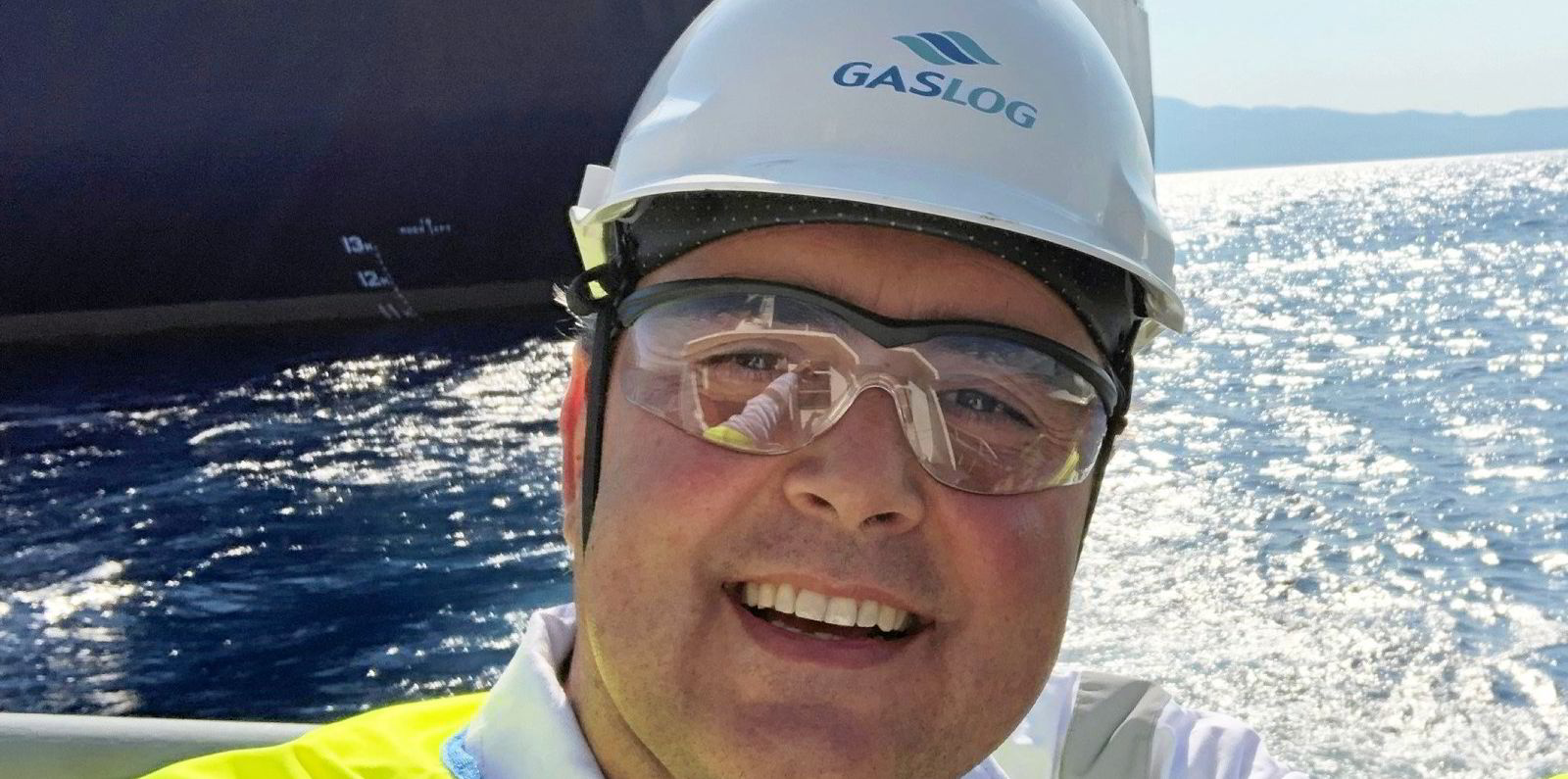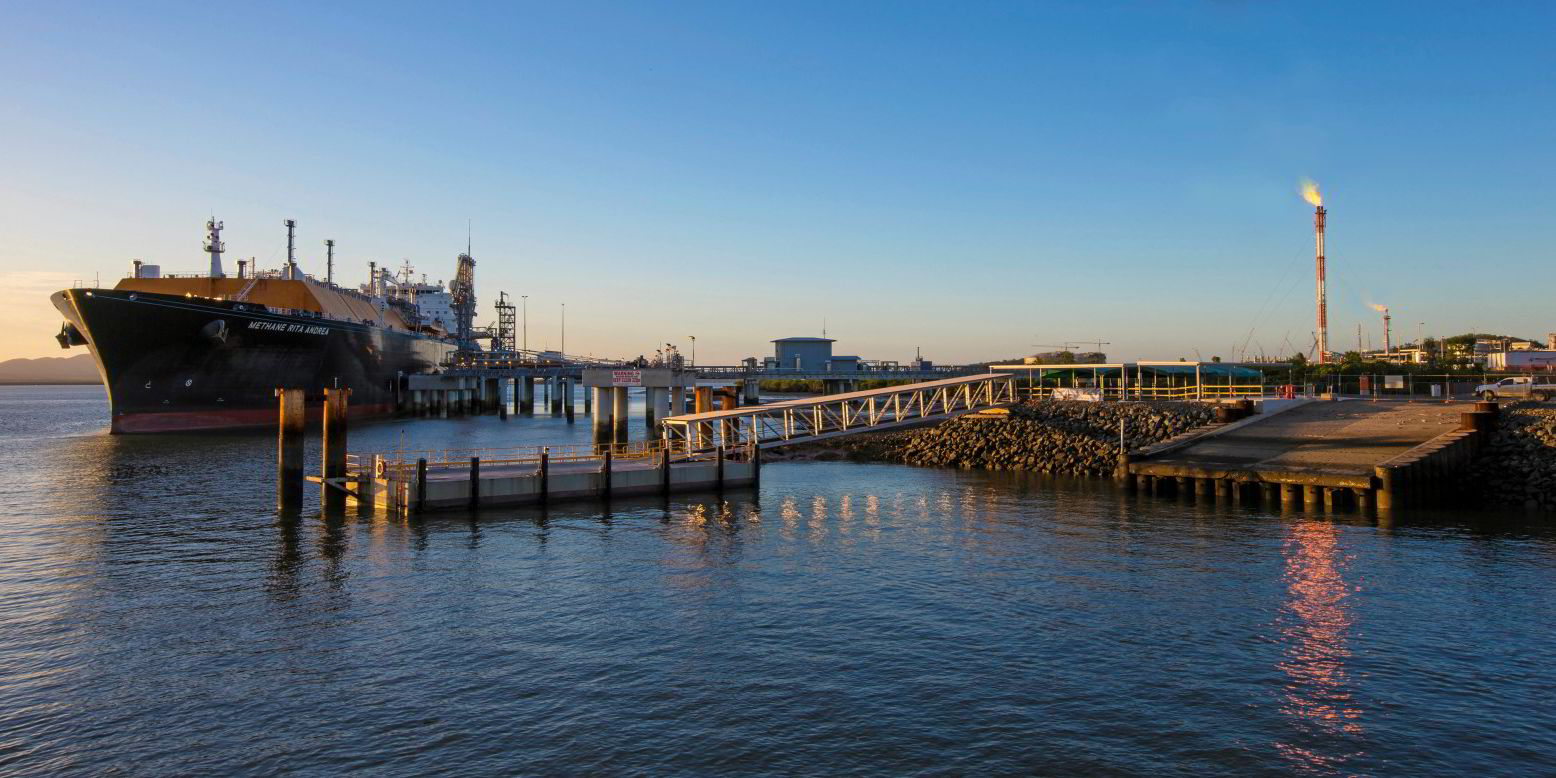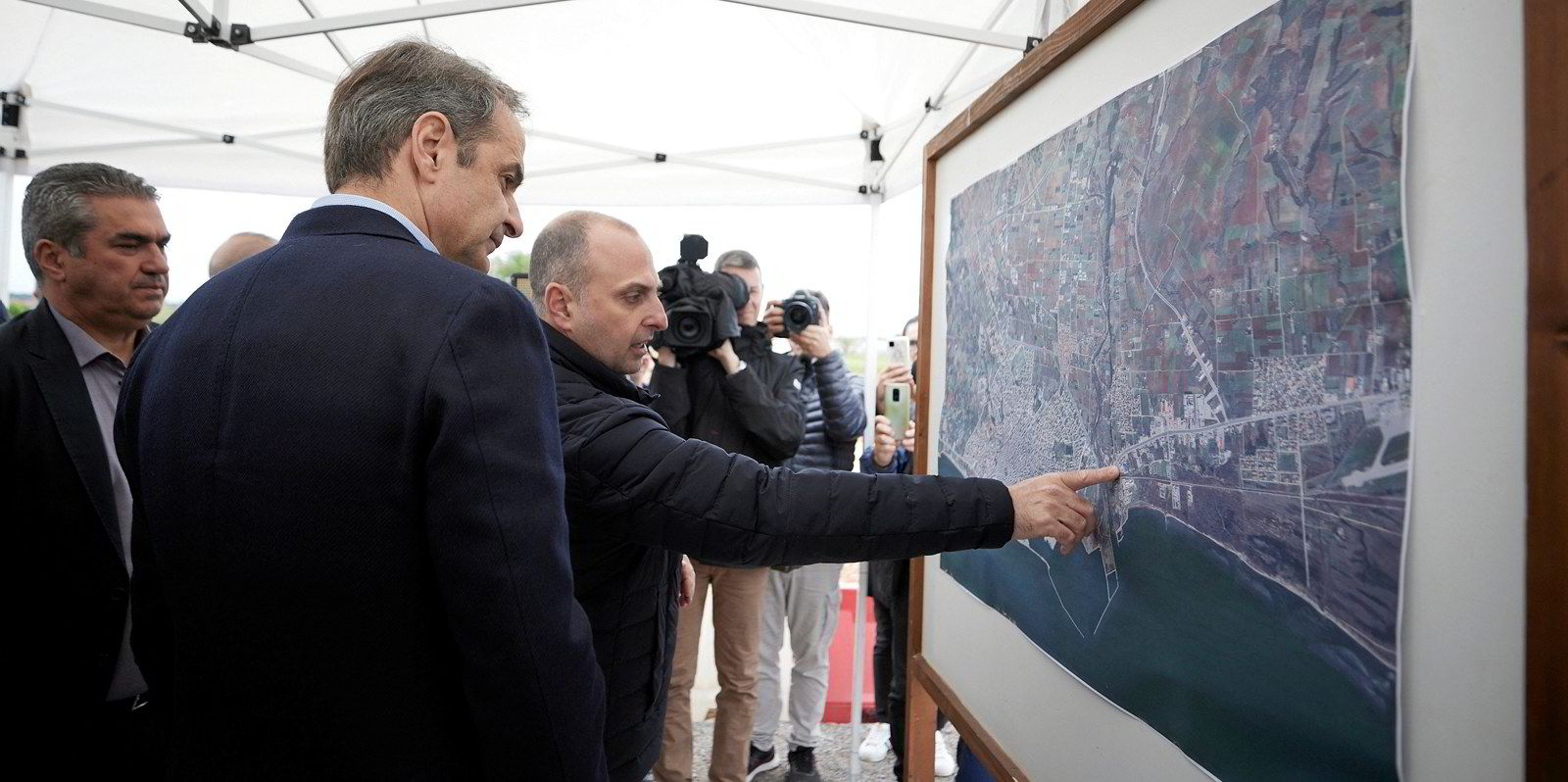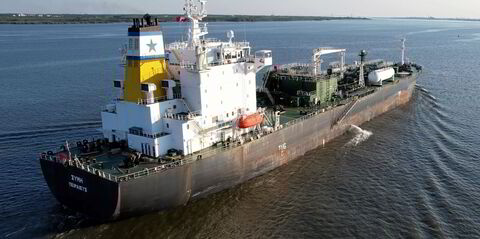Demand for LNG and LNG shipping has been positively impacted by energy security concerns in Europe as a result of Russia’s invasion of Ukraine, according to GasLog Partners chief executive Paolo Enoizi.
Speaking on a second-quarter results call Enoizi said: “We believe the market dynamic has been permanently altered.”
The CEO said secon- quarter LNG spot charter rates proved “volatile” due to uncertainties over short-term supply following the fire at the Freeport LNG liquefaction facility in the US.
But he said time-charter rates were strong and above the historic level for the first half of 2022, allowing owners to secure multi-year deals.
“Market volatility, the uncertainty of supplies and the continued scarcity for independently owned LNG vessels that are able to offer charterers the duration and flexibility they will require has kept the term market at a premium to the spot market,” he said.
Enoizi said that in the first half some 146 term charters were concluded and the market is on track to surpass the 165 record set for the year in 2021.
The chief flagged up GasLog’s freshly announced time-charters on the two of its ships. He said both had both been secured at “attractive rates” which will raise total contracted revenue backlog for the company to $530m.
Enoizi said GasLog Partners has 17% of its remaining operating days open or on spot linked contracts for the rest of 2022, with the bulk of these and those in 2023 weighted towards the traditionally busier fourth quarter. He said this gives the company the potential to enhance its free cash flow in 2022 and 2023.
Asked about GasLog Partners decision to sell outright rather than convert its steamship the 145,000-cbm Methane Shirley Elisabeth (built 2007) and move towards a sale-and-leaseback deal on a second vessel, Enoizi said the company is taking a “portfolio approach” to manage residual values on its ships and was taking advantage of a more liquid sale-and-purchase market.
He said the company is also pursuing infrastructure projects and “a few interesting opportunities for FSRUs [floating storage and regasification units]”.
“There are many avenues that we have been following and they’re all accretive to the use of the steam vessels in the market,” he said.
During the call, Enoizi referenced the expected growth in liquefaction capacity, particularly in the US.
In 2022 to date, final investment decisions have been taken on two new projects. But Enoizi said more are expected to be green-lighted and the industry can expect nearly 95 million tonnes per annum of new US capacity alone to come into commercial operation by 2027 or earlier.
He said this supports a “healthy demand for vessels” along with recent geopolitical events which are driving a reduction of demand for Russian gas.
In addition, he said Asia will likely soon start restocking which is expected to deliver a strong boost in demand for LNG carriers into early 2023.
Enoizi sounded unfazed by the current bulging LNG orderbook of at least 219 LNG carriers — 86% of which are fixed against term contracts, according to Poten & Partners.
He said deliveries are not expected to impact the fleet until 2026 and 2027 by which time the market will have had time to re-calibrate to match better match tonnage with increased volumes






